The Difference Between Annual and Perennial Plants
Ever wondered why some plants dazzle you for just one season while others keep coming back year after year? In this post, I’ll break down the unique benefits of annuals and perennials, showing you how each can add its own splash of color to your garden.
I’ve always loved mixing both annuals and perennials in my own cottage garden. Annuals bring that instant, ever-changing burst of color and excitement, letting me experiment with fresh looks each season. But perennials provide a comforting sense of continuity as they return to my garden year after year. I can always count on them!
Let’s dive in and discover how to transform your garden into a gorgeous, ever-evolving oasis!
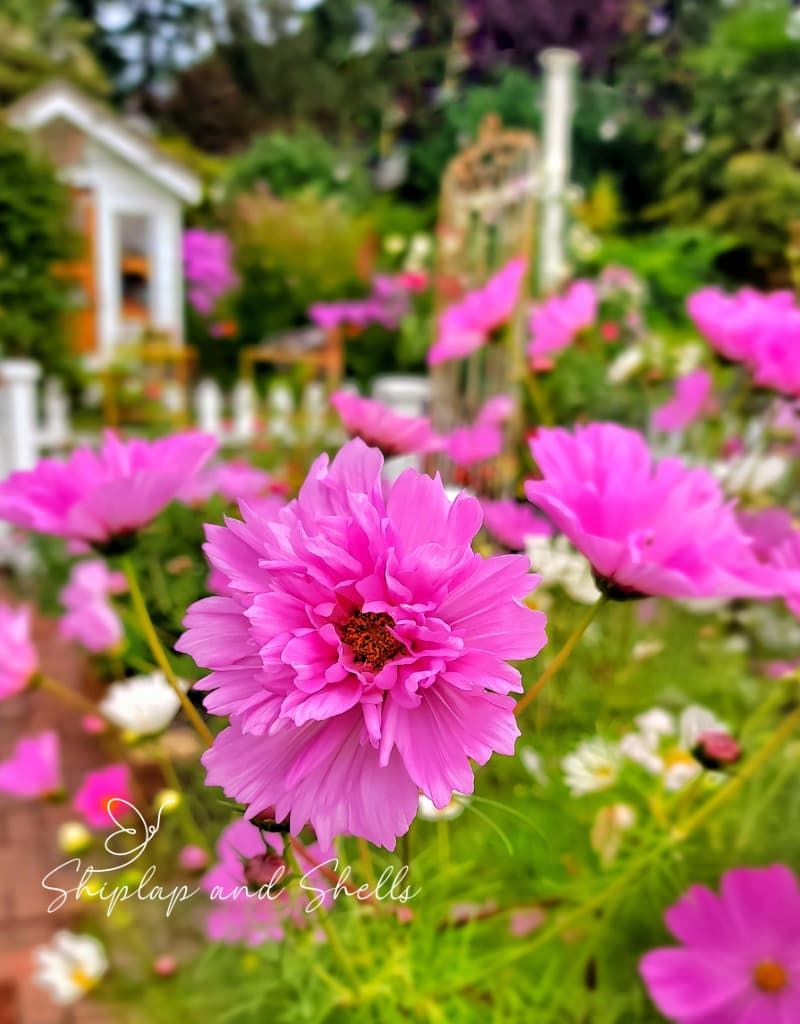
As an Amazon affiliate, I earn a commission from qualifying purchases at no additional cost to you. My blog also features other affiliate links for your convenience. Click here to read my privacy policy.
Understanding Annuals and Perennials
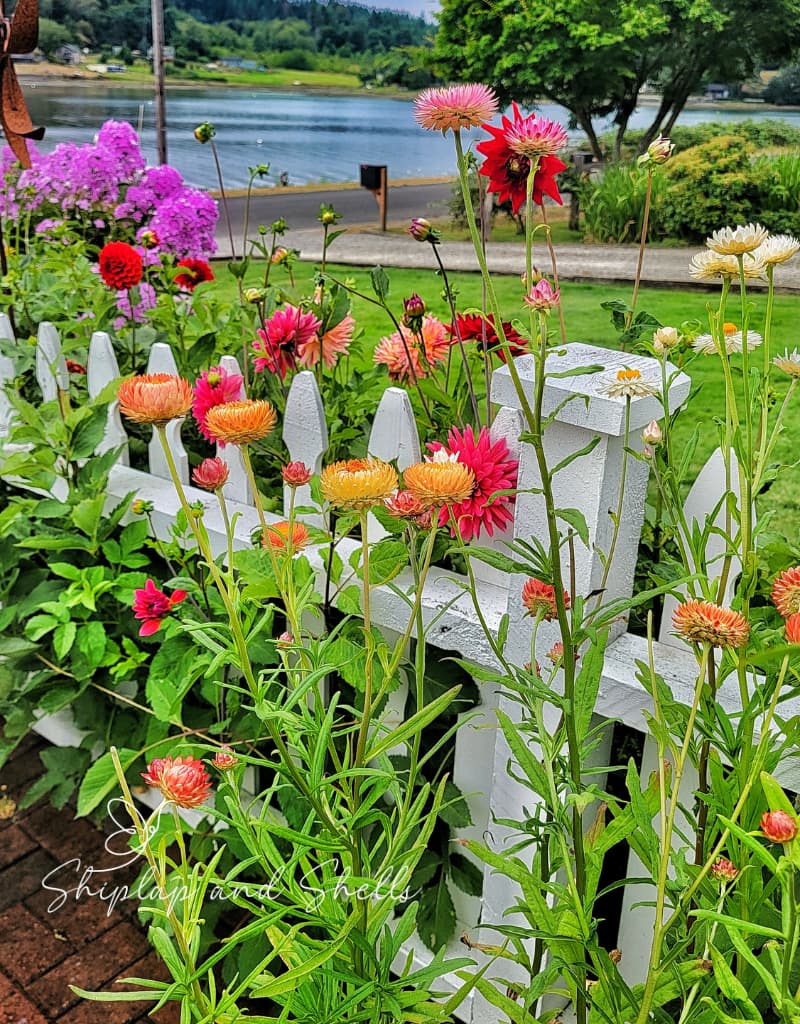
Both annuals and perennials bring beautiful blooms to your garden, but they’re a bit different in how they do it.
Annuals offer a burst of color for just one season, giving your garden that fresh, changing vibe every year. Perennials, on the other hand, come back year after year, adding lasting beauty and a sense of continuity to your space.
By understanding their differences, you can create a vibrant space that shines from spring through fall. Combining these two plant types means you get the best of both worlds: seasonal bursts of color paired with enduring charm.
Annual Flowers
What are Annual Flowers?
When I think of instant garden gratification, summer annuals are my go-to.
I often get asked by new gardeners, “Do annuals come back every year?”
Annuals complete their whole life cycle in just one growing season. They start as seeds, burst into beautiful blooms, and then set seed—all in a single year. They put all their energy into producing that instant pop of color that makes your garden look amazing right from the start.
Examples of Annual Plants
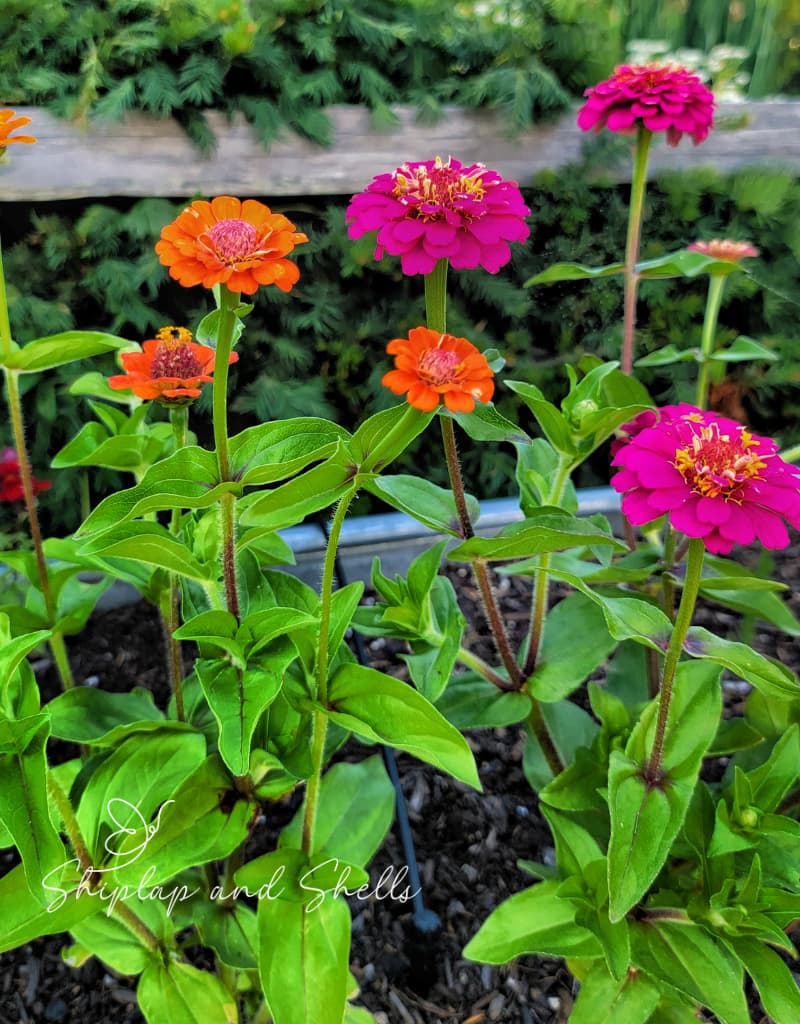
You can start annuals from seed or pick up young plants for a quick burst of color. Here are some favorites that typically light up your garden all summer long:
These popular annuals thrive in many hardiness zones and bring a vibrant splash to your summer garden.
What to Love About an Annual Plant
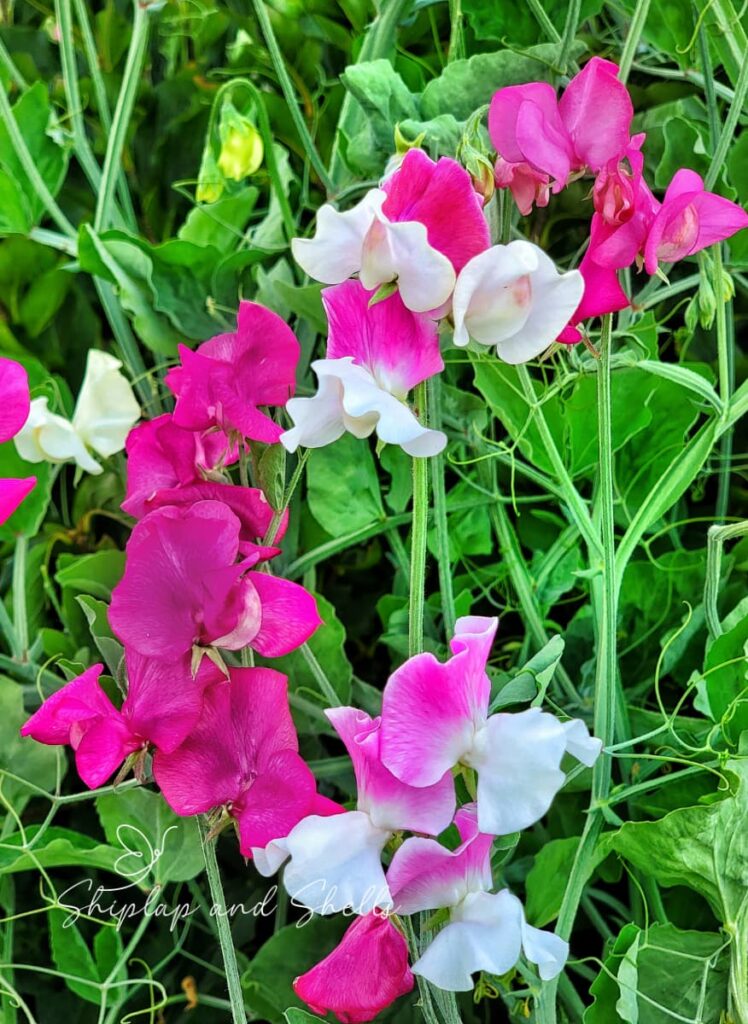
Annuals are a garden game-changer. They add an instant burst of bright color to containers and flower beds, just when you need it most, even before many perennials start blooming. Here’s why they’re amazing:
Enjoy the continuous, vibrant display of color that annuals bring all summer long.
Three Categories of Annuals
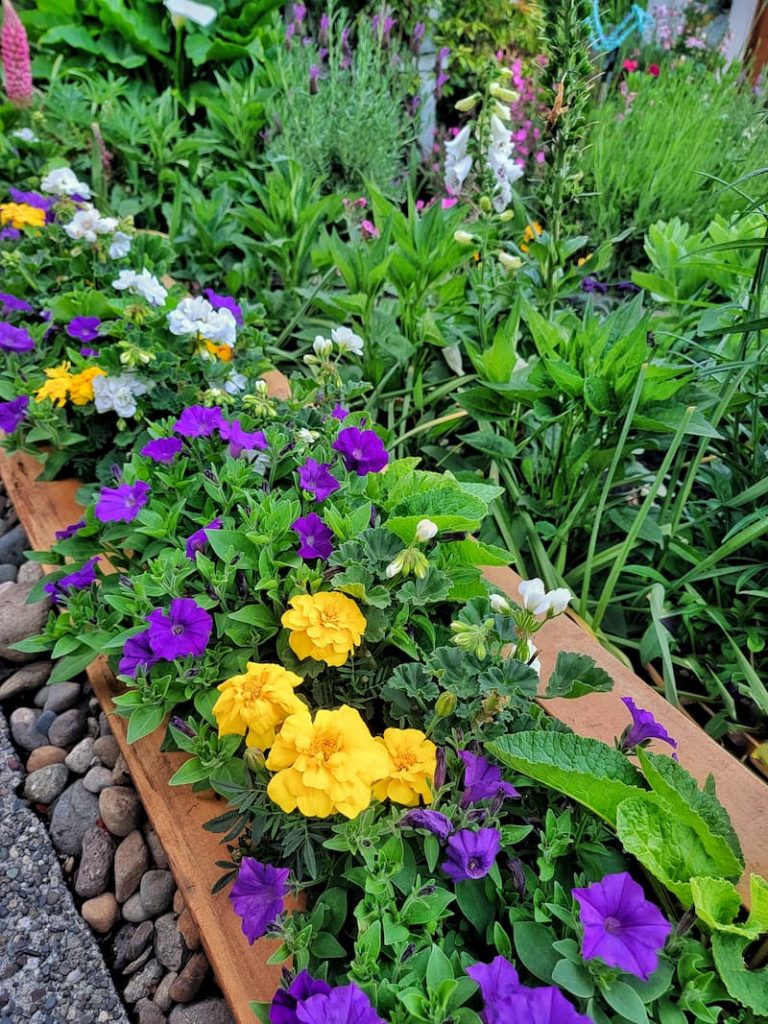
Hardy or Cool-Season Annuals
These annuals thrive in the cool to moderate temperatures of early spring and fall. They can even handle a light frost without needing extra protection.
Tender or Warm-Season Annuals
Native to tropical or subtropical areas, these plants need heat to thrive. It’s best to wait until late spring to plant them so they can get the warmth they need.
Half-Hardy Annuals
These are the everyday annuals that handle a wide range of temperatures. They’re tough enough to cope with a bit of chill at the start and end of the season, making them a versatile choice for your garden.
Perennial Flowers

What is a Perennial?
Perennial plants are the reliable, long-term players in your garden. Unlike annuals, they’re usually cold-hardy and can come back year after year—often thriving for three or more growing seasons.
Many perennials take a little winter nap, going dormant until spring brings them back to life. While they may not bloom all season long like annuals, each perennial has its own special time to shine.
And some, like coneflowers and black-eyed Susans, really extend their colorful display throughout the growing season.
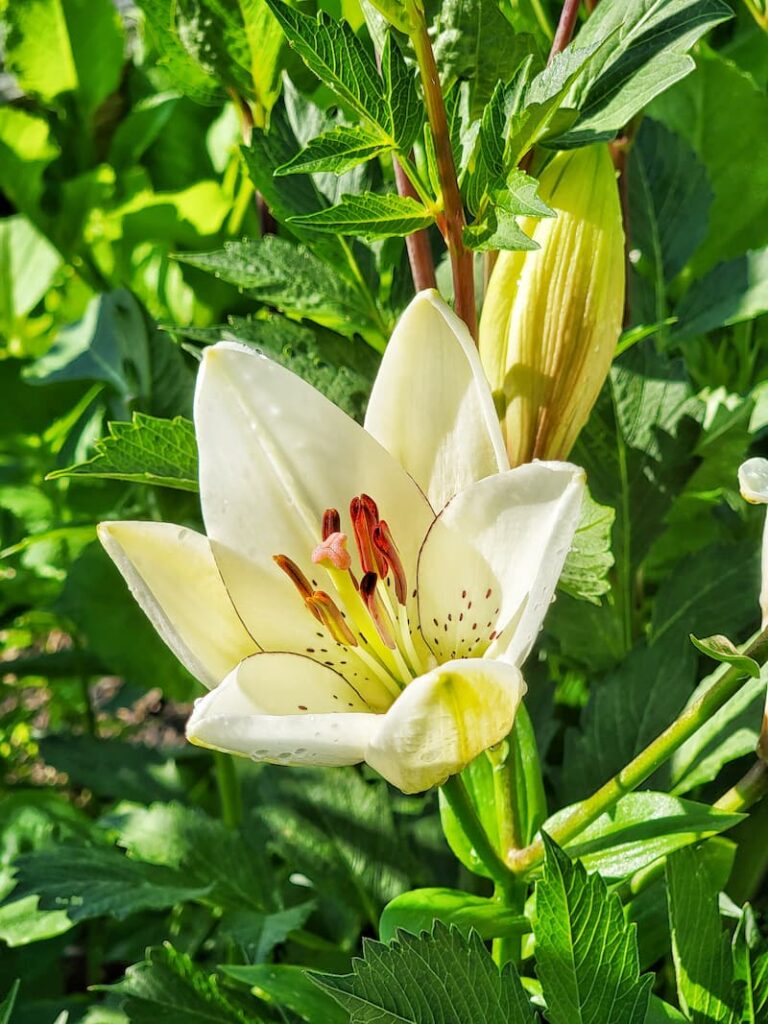
Many perennials are low-maintenance, but a little extra care, like dividing them every few years, can really boost their lifespan.
Also, depending on your growing zone, a plant might act as a perennial in one area and more like an annual in another.
And here’s a tip: since perennials usually don’t come up as reliably from seeds as annuals do, picking up a potted plant might be the way to go, even if it costs a bit more.
Examples of Perennial Plants
If you’re looking to add a touch of lasting beauty to your summer garden, consider these perennial favorites:
Each of these plants brings its own unique charm, ensuring your garden stays vibrant year after year.
What to Love About Perennials?
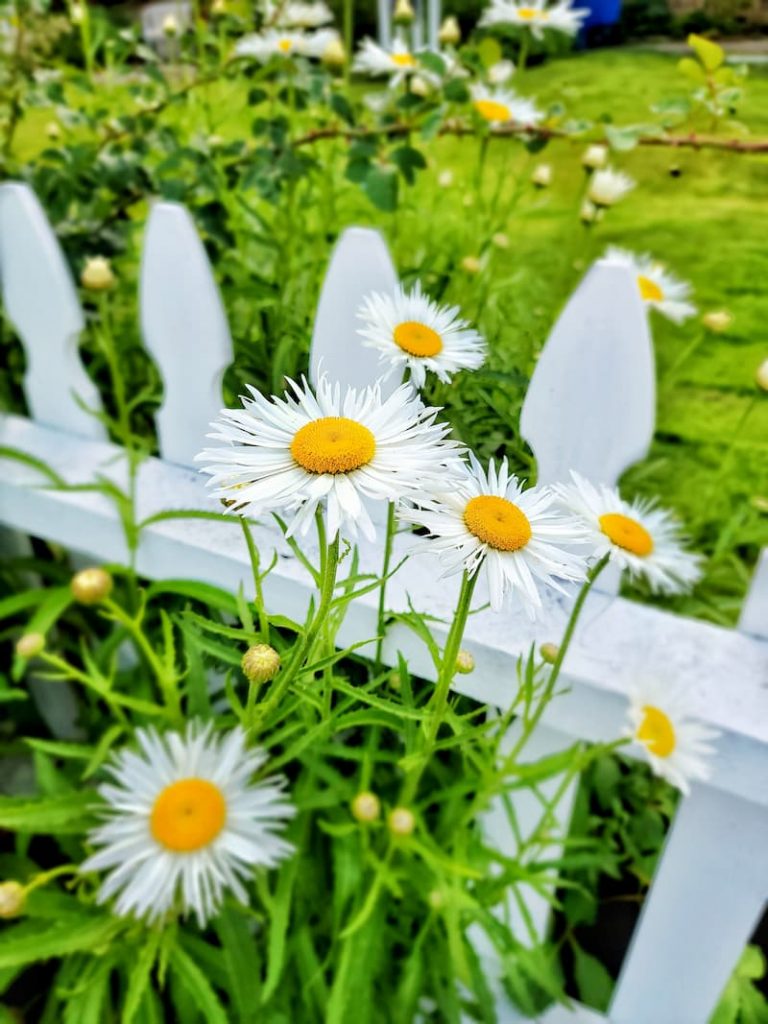
Biennial Plants
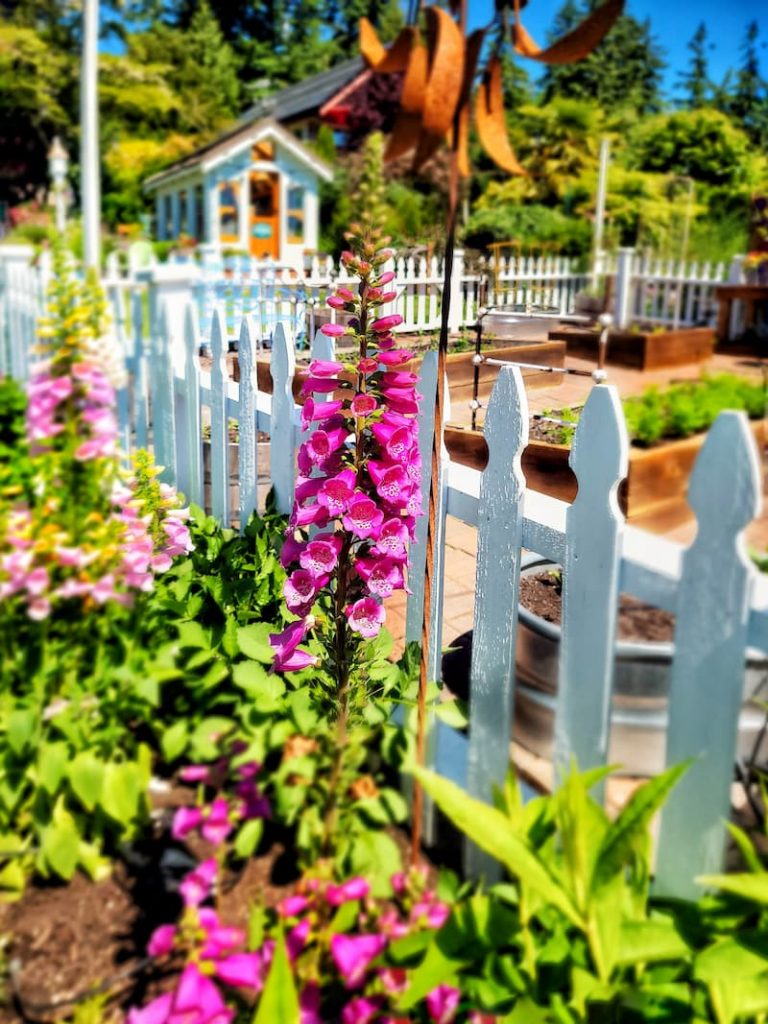
Biennials are a unique middle ground between annuals and perennials. These plants take two years to complete their life cycle.
In the first year, they focus on building up strong foliage and storing energy. Then, in the second year, they burst into bloom, set seeds, and finish their cycle.
It’s a little longer wait, but the payoff is a beautiful display that marks the completion of their full journey.
Examples of Biennial Plants
If you’re looking for a bridge between the quick show of annuals and the returning charm of perennials, biennials might be just what you need. Here are some popular choices:
These plants spend their first year building up strong foliage and storing energy, then reward you with beautiful blooms in their second year. They’re a charming way to add variety to your garden, though you’ll need to reseed or replant them to keep the cycle going.
Garden Supplies and Tools
Check out my favorite garden supplies and tools for the growing season. Whether you’re looking for potting soil or deer repellent, you’ll find what I use in my own garden.
Choosing the Right Plants for Your Garden – Annual Versus Perennial Plants
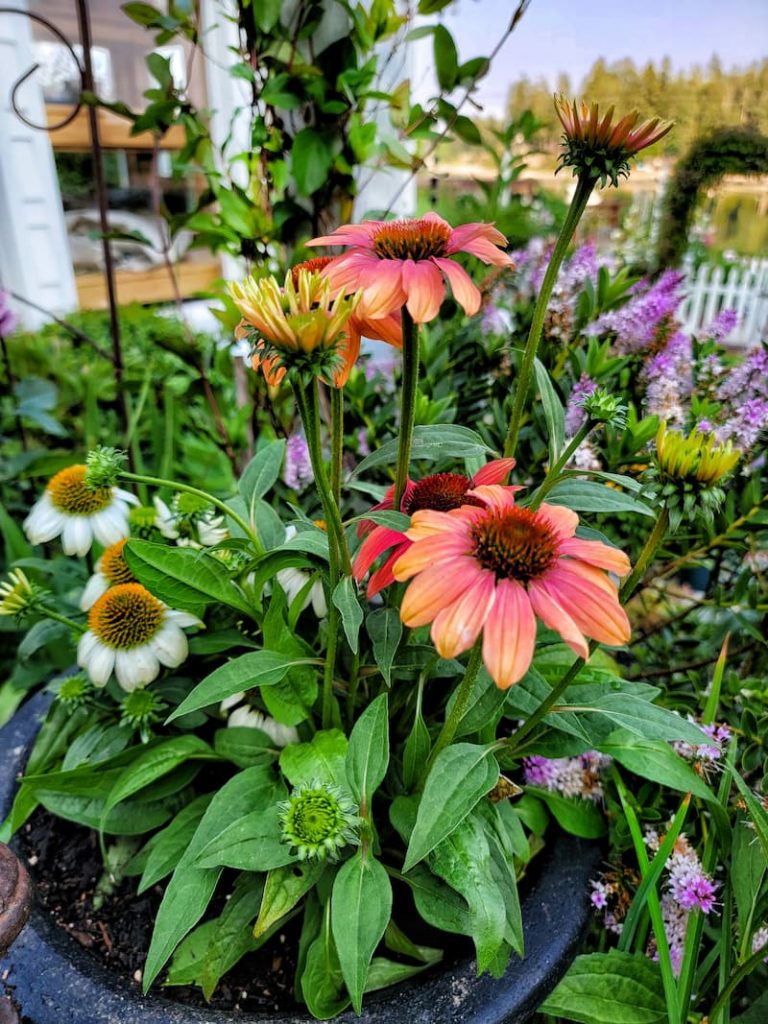
Planning your garden is all about mixing the right plants to create a vibrant, evolving space. Here are some key points to consider when selecting your flowering plants:
Instant Color vs. Long-Lasting Beauty
Annuals deliver a quick burst of color, lighting up your flower beds and containers all season long. Perennials, on the other hand, offer extended blooming periods and return year after year.
And biennials? They bridge the gap with a two-year cycle, rewarding you with a stunning display in their second year.
Life Cycle and Maintenance
Annuals need replanting every year, while perennials require less frequent planting. Plus, with a little extra care like regular division, perennials can thrive in your garden for many years.
Hardiness Zone
Be sure to check your area’s hardiness zone. Picking plants that can handle your local climate is key to a successful garden.
Variety and Diversity
Combining annuals, perennials, and biennials not only adds a range of beautiful blooms but also creates a dynamic garden that changes and grows with the seasons.
Mixing Annuals and Perennials to Compliment Your Garden
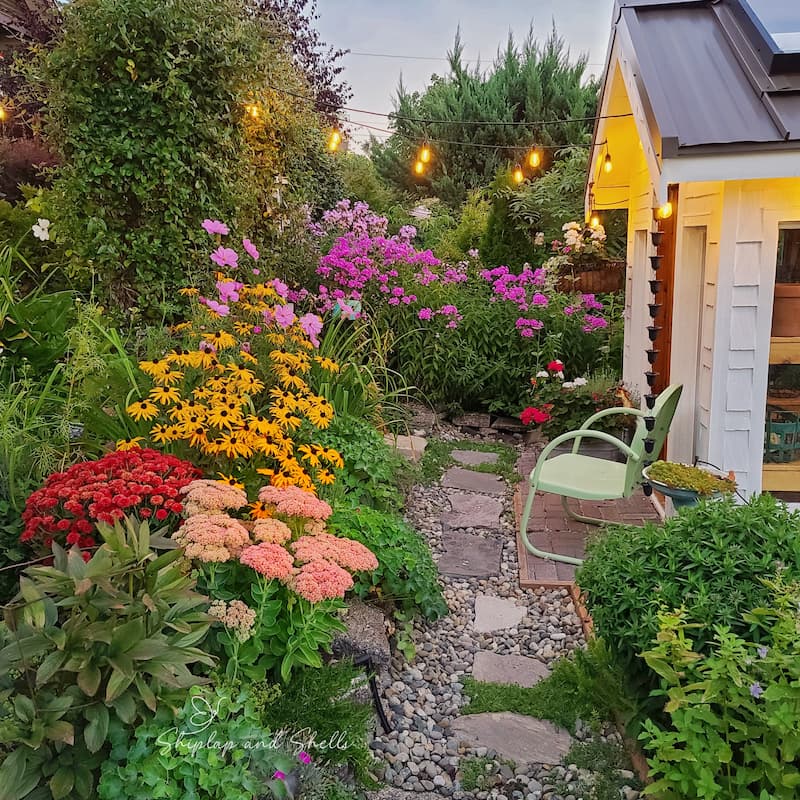
Mixing different types of plants in your garden is a great way to keep things interesting all year long.
Annuals deliver that quick burst of color, while perennials come back year after year, and biennials offer a unique two-year cycle that bridges the two. Here’s why combining them works so well:
Common Questions Asked About Annuals and Perennials
What Flowers Come Back Every Year: Annuals or Perennials?
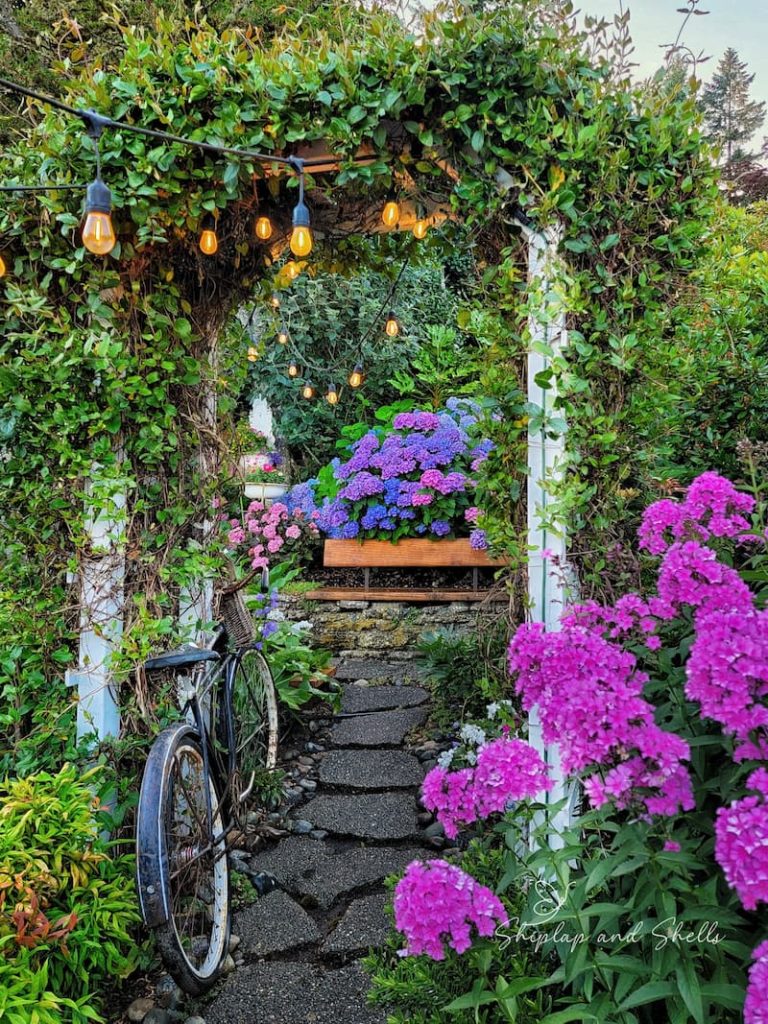
When it comes to flowers that reliably return each year, perennials are your best bet.
Unlike annuals that complete their life cycle in just one season, perennials boast strong root systems that stay alive underground through winter or dormant periods. This allows them to reawaken in the next growing season, bursting into bloom again and again.
What are Examples of Full Sun Perennial Plants?
Many perennials thrive when soaking up full sun. Here are some great picks for a sun-drenched garden:
Gardening Made Simple – Your Guide to Beginning Gardening
Final Thoughts About Growing Annuals and Perennials in the Garden
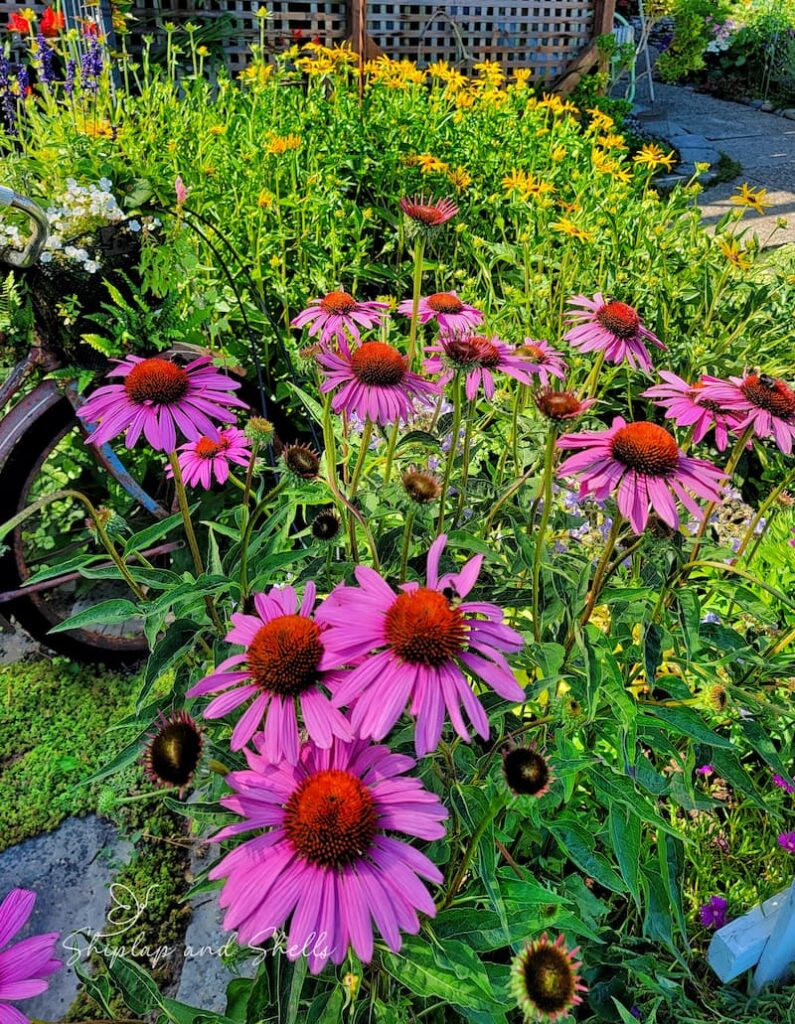
Understanding the unique roles of annuals and perennials lets you create a garden that stays vibrant and engaging all season long.
Annuals offer the fun of experimenting with a wide range of colors, shapes, and textures each year—they’re perfect for quickly filling in gaps and adding instant impact.
Meanwhile, perennials provide a dependable, long-term foundation by returning year after year with their established roots.
Mix these two, and even throw in some biennials to bridge the gap, for a garden that blends instant charm with enduring beauty.
If you have any questions or have a message, I’d love to hear from you. Leave a comment below. And be sure to share this blog post link with anyone who may find these gardening tips useful.
Until next time,
Happy Gardening!

I’m a self-taught hobby gardener. Everything I share on my blog is my personal opinion and what has worked for me.
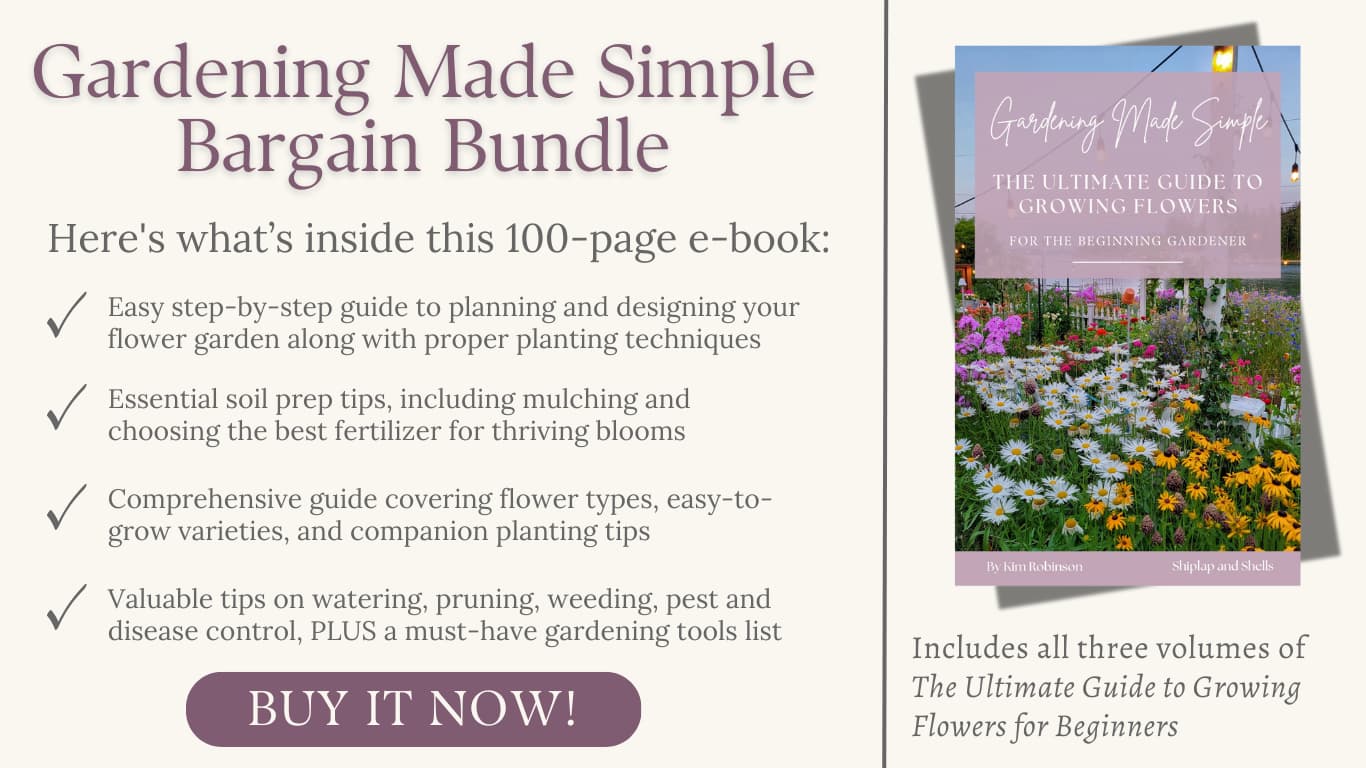
Seed Starting Supplies
Check out my favorite supplies and tools for starting seeds indoors. Whether you’re looking for grow lights or a seed starting mix, you’ll find what I use in my own greenhouse.
MORE POSTS
For You To Enjoy
Follow Me for More Inspiration
Shop my Amazon Storefront, LTK sources, and my favorite home decor, garden, and lifestyle products. When you purchase from one of my links, I earn a small commission, which helps me continue sharing all the content you expect on my blog.
Be sure to follow me on Pinterest, Instagram, Facebook, TikTok and LIKEtoKNOW.it. Do you like gardening? Join my Facebook Gardening Tips & Tricks group.

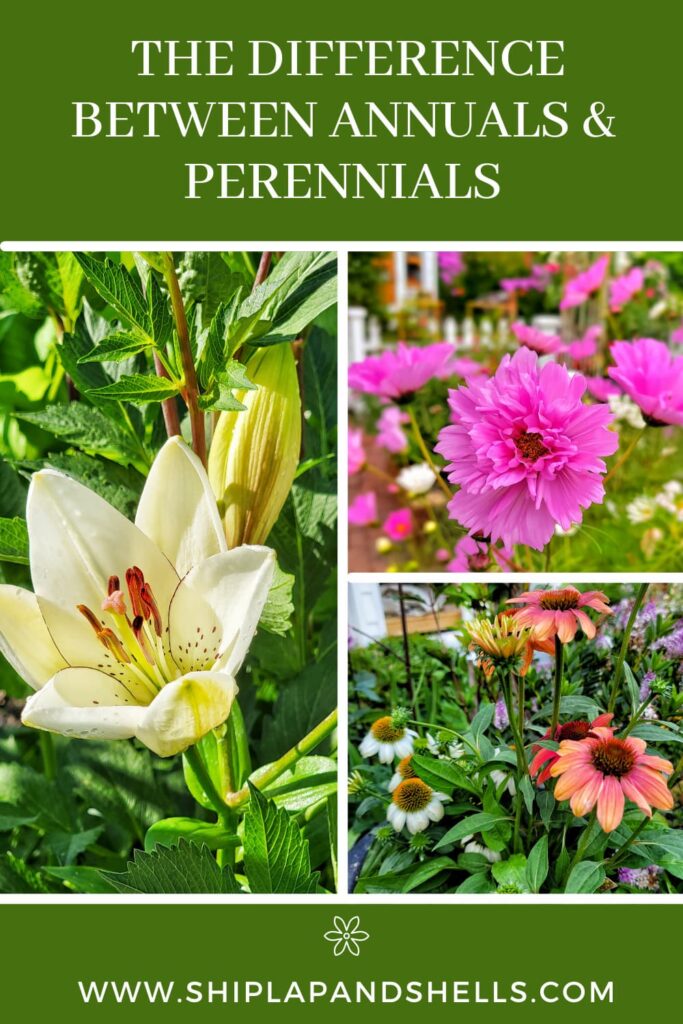

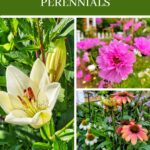

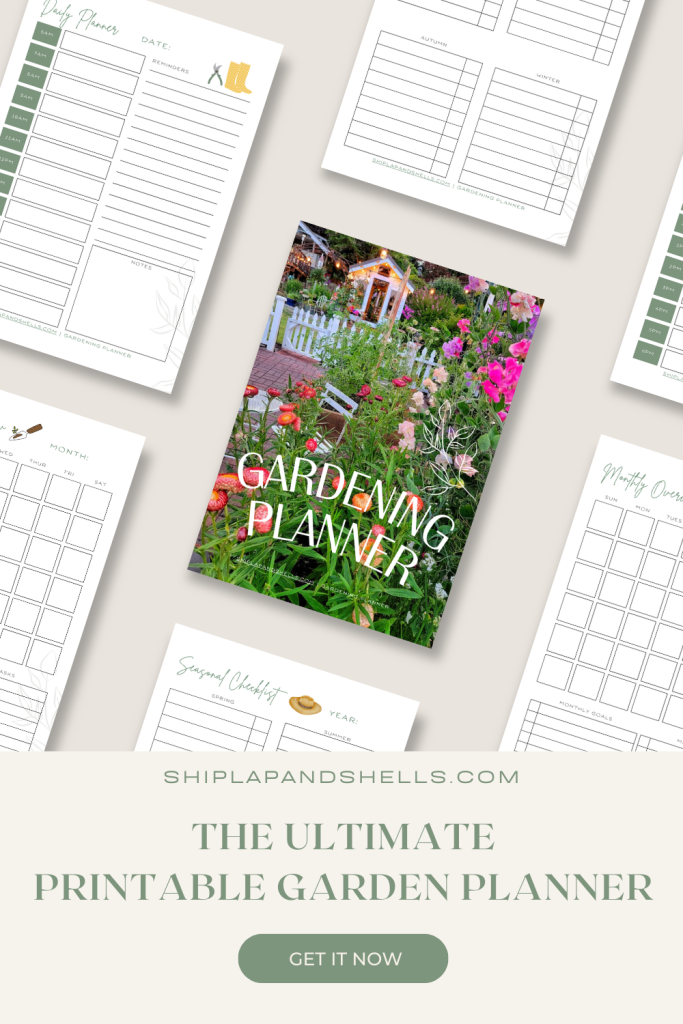
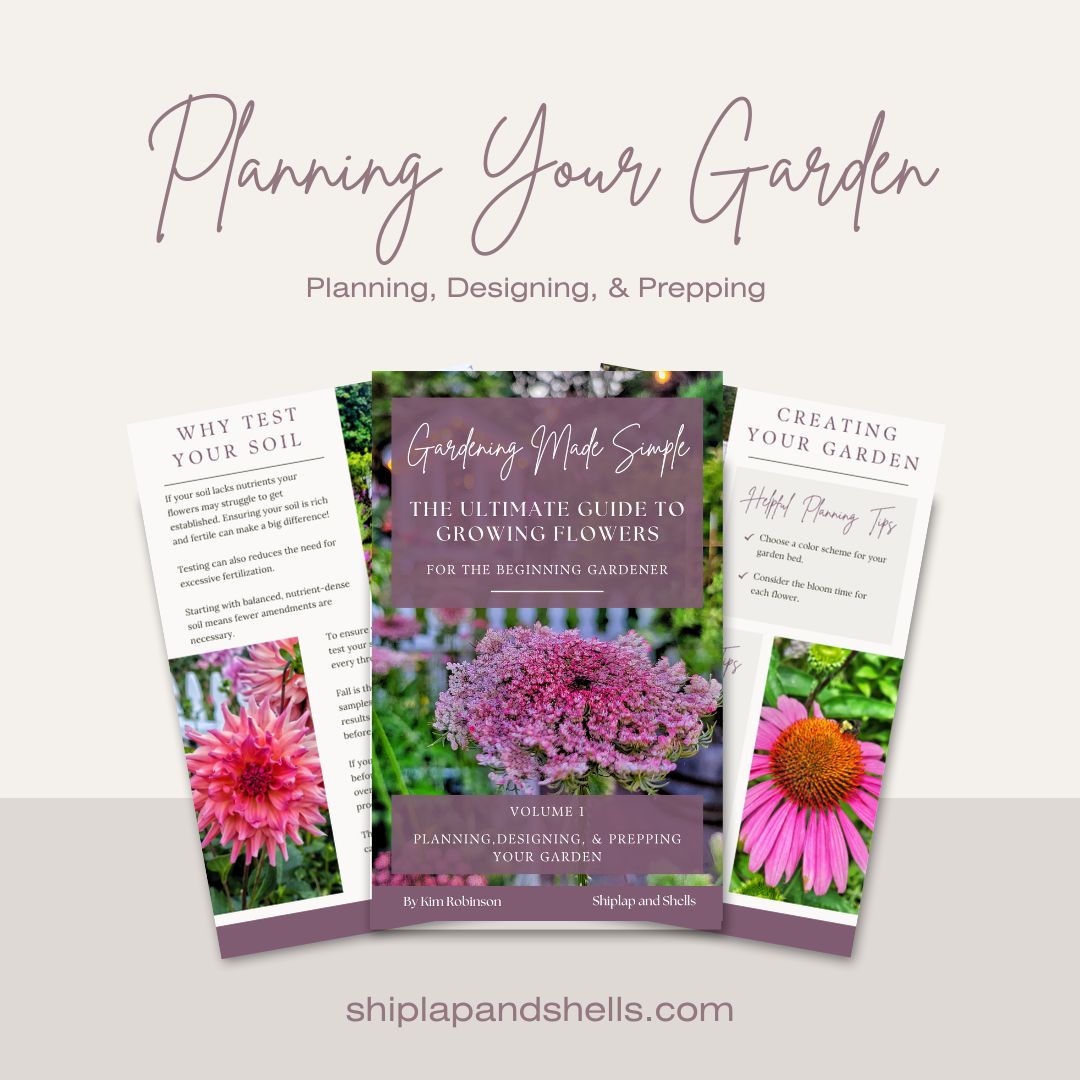
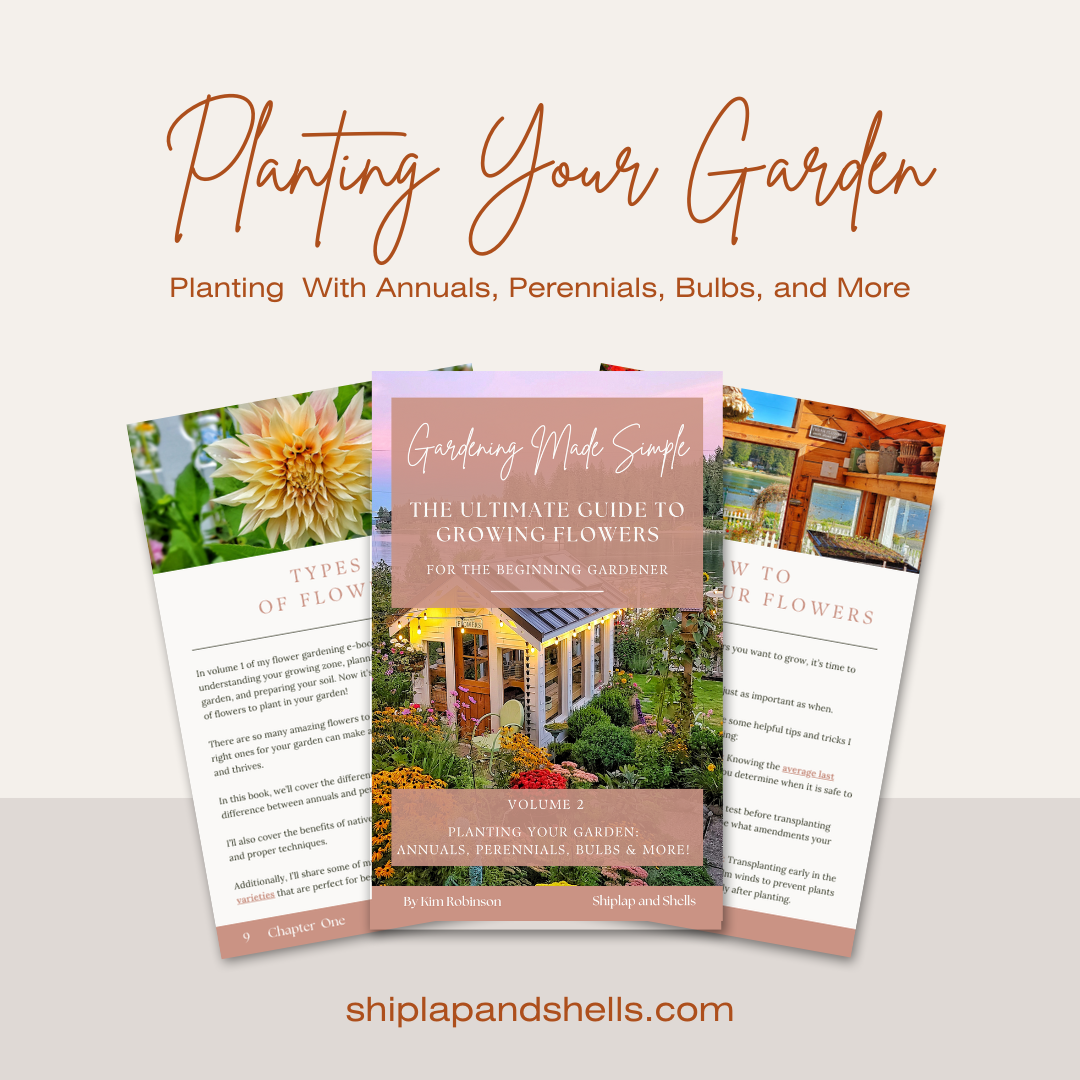
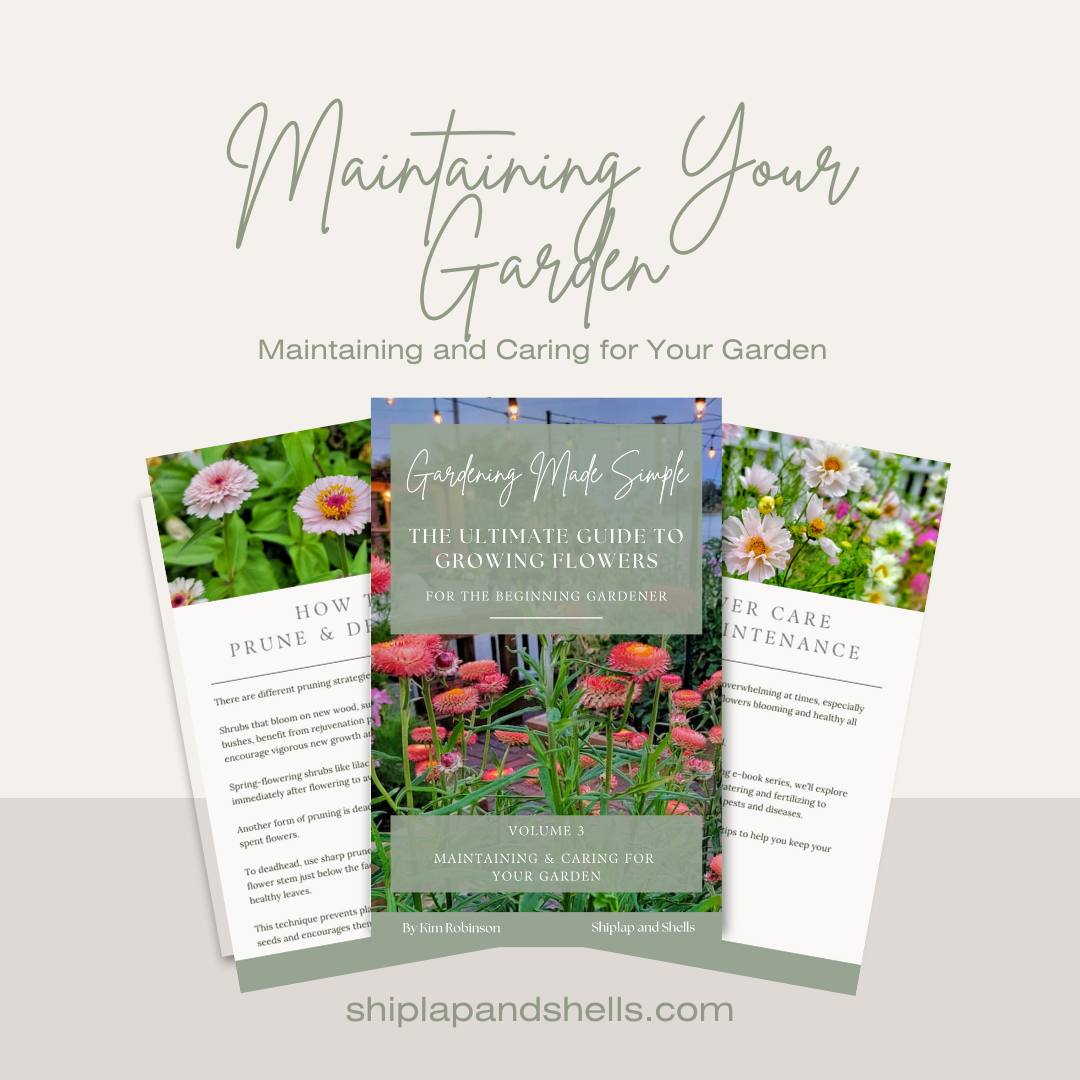
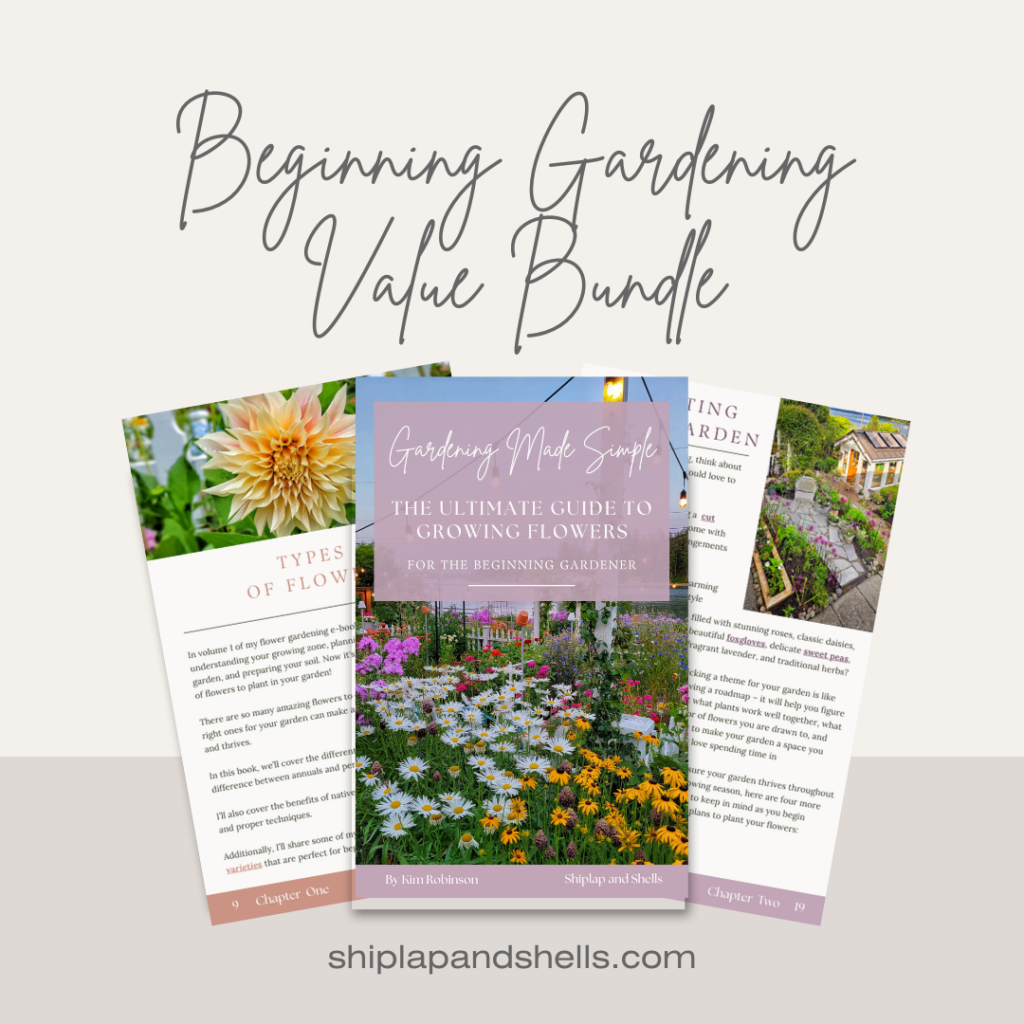


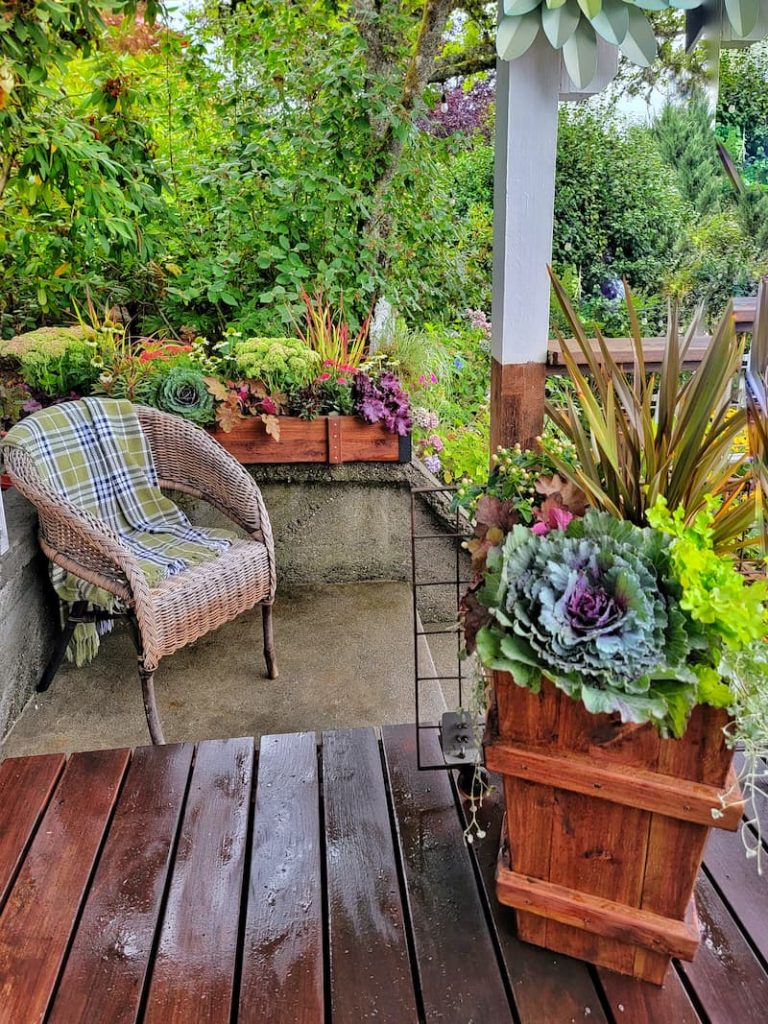

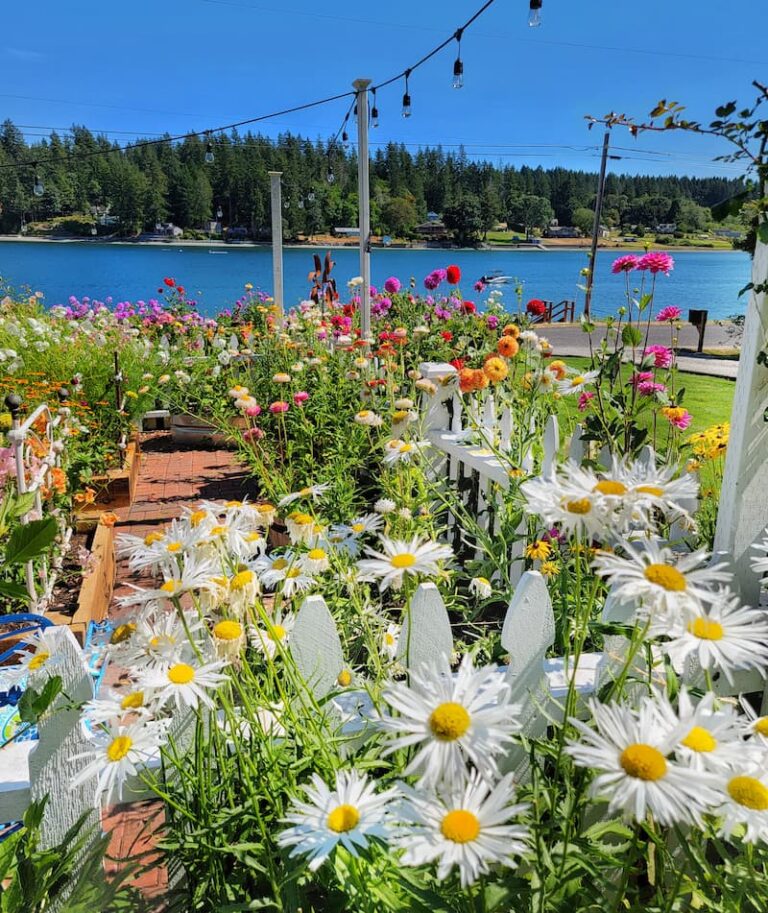
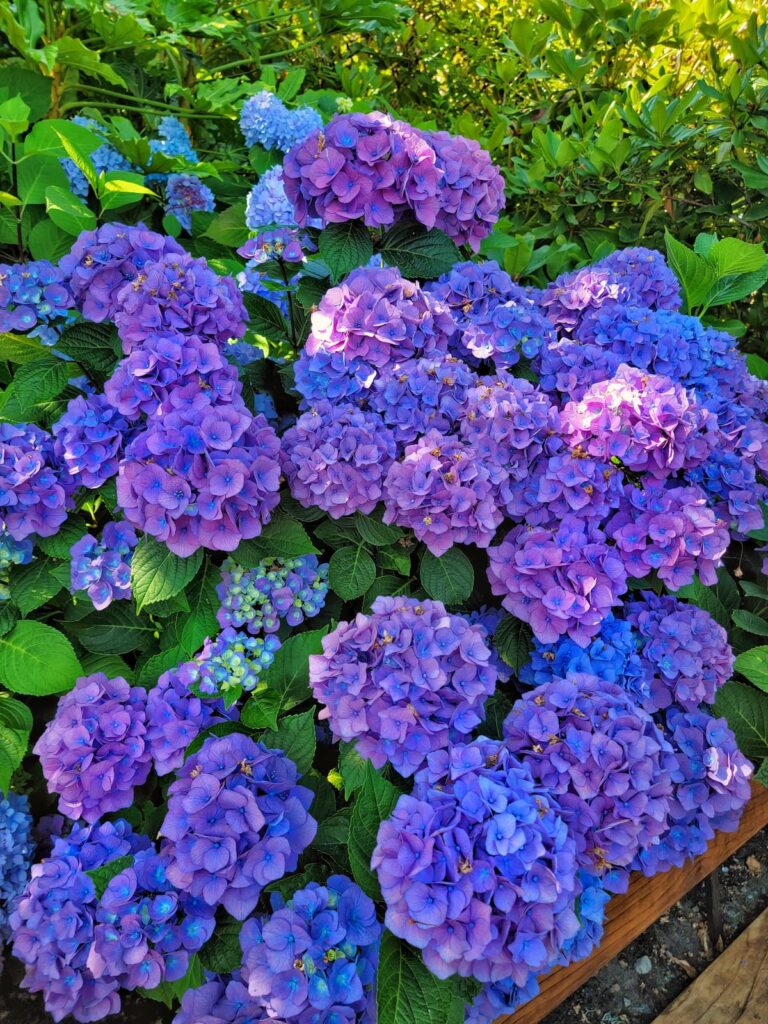
Great information Kim. I’ll share a link on Sunday’s DRA. Have a blessed weekend.
Thanks so much Rachel!
Another great post Kim! I am a huge fan of perennials because the are fairly low maintenance, and it’s always nice to add some annuals to fill in the gaps.
Loving this post! One of my favorite things to do is using containers, I am doing more this year than ever!
Great post! I love using both in my garden too! Thanks for sharing!